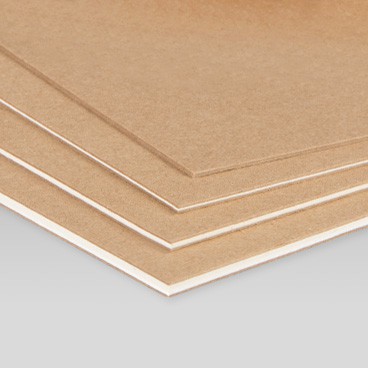Substrates play a crucial role in digital printing, as they provide the base or surface for the printing process. The importance of substrates in digital printing can be summarized in several ways:
- Quality of the print: The choice of substrate can greatly affect the quality of the print. For example, using a glossy substrate can create a high-quality, vibrant print, while using a matte substrate can create a more subtle, subdued print.
- Durability: Substrates can greatly affect the durability of the print. For example, using a synthetic substrate such as polyester or polycarbonate can make the print more resistant to fading and moisture, while using a natural substrate such as paper can make the print more susceptible to fading and damage.
- Compatibility: Substrates must be compatible with the digital printing process and the ink used. For example, certain substrates may require specific types of ink or may not be able to withstand the heat of the printing process.
- Application: The choice of substrate can greatly affect the final application of the print. For example, using a textile substrate such as cotton or silk can make the print ideal for clothing or home decor, while using a metal substrate such as aluminum or stainless steel can make the print ideal for signage or packaging.
- Environmental concerns: The choice of substrate can have an impact on the environment. For example, using a biodegradable substrate such as cellulose or starch can be more environmentally friendly than using a traditional synthetic substrate.
Overall, the choice of substrate is a critical aspect of digital printing that can greatly affect the final product. It is important to carefully consider the various factors involved in order to achieve the best possible results.

























